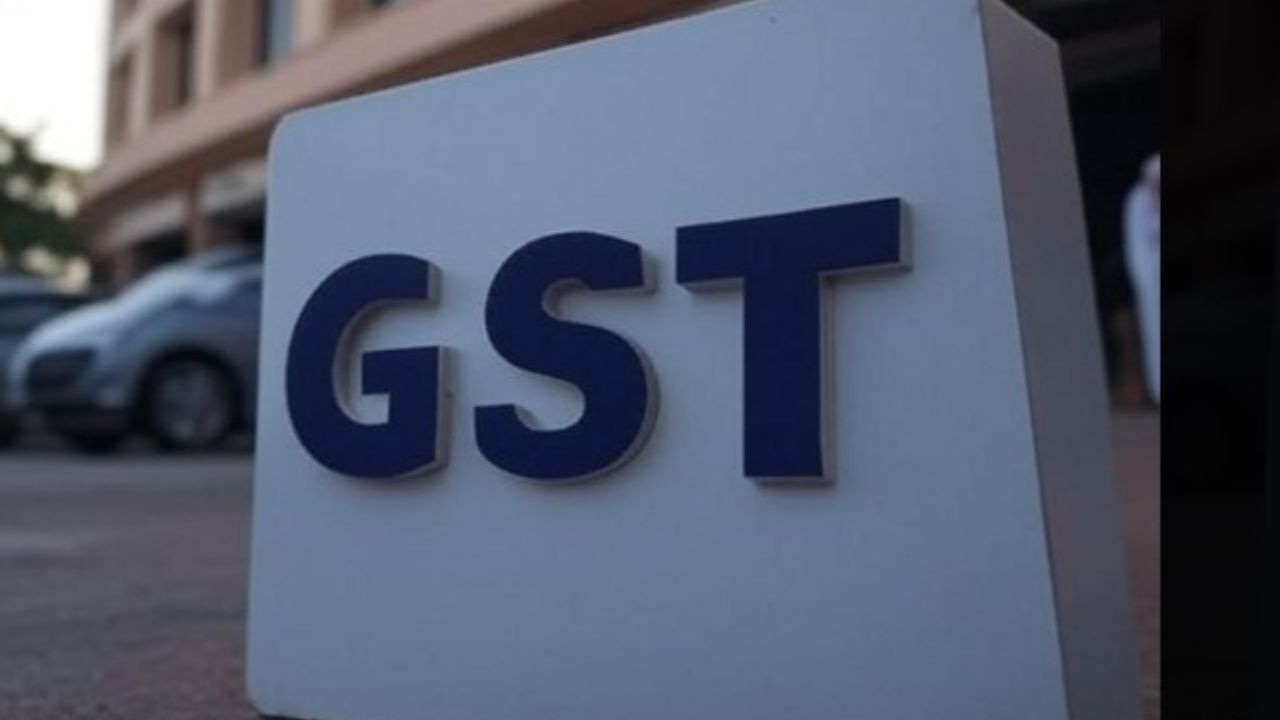GST 2.0 will bring Significant changes could be on the horizon for India’s Goods and Services Tax (GST) system, potentially bringing a smile to consumers’ faces. The government is looking to simplify the current four GST slabs (5%, 12%, 18%, and 28%) into just two: 5% and 18%.
The GST Council, which is meeting on September 3–4, will take up this proposal. If approved, the biggest winners will be common households and small traders, as prices of everyday items could drop, and the tax process will become much easier.
Cement, Salons, and Insurance in Focus
Cement, which currently attracts a steep 28% GST, may soon fall under the 18% slab. That would immediately bring down the cost of building homes, roads, and other infrastructure.
The council is also weighing a reduction in GST for salons and beauty parlours, from 18% to just 5%. This would make grooming services far more affordable for the middle class.
Another big relief could be on the cards for insurance. Reports suggest that individual life and health insurance policies may be made GST-free.
Food and Textile Goods to Get Cheaper
A major part of the plan is to move all food and textile items into the 5% slab. This will not only make these essentials cheaper but also remove confusion around the classification of products.
Impact of Trump’s Tariffs
The GST rejig comes at a time when Indian exporters are grappling with fresh challenges. Recently, former US President Donald Trump imposed 50% tariffs on Indian goods, effective August 27. Key sectors such as textiles, gems and jewellery, shrimp, leather, footwear, chemicals, and machinery are expected to take a hit. The government is believed to be considering relief measures to cushion these industries.
What About Luxury Goods?
Not everything is getting cheaper. High-end items such as luxury cars, cigarettes, and liquor will continue to attract up to 40% tax under the “sin goods” category.
GST 2.0 Launch During the Festive Season
According to reports, the new tax structure dubbed “GST 2.0” is expected to roll out from September 22, just in time for the Navratri festival season. That means shoppers could see lower prices on food, clothing, construction materials, and services right as festive demand picks up.
If implemented, this would be the biggest overhaul of GST since its launch in 2017, directly easing pressure on consumers’ wallets and giving businesses a simpler, cleaner tax regime to work with.
